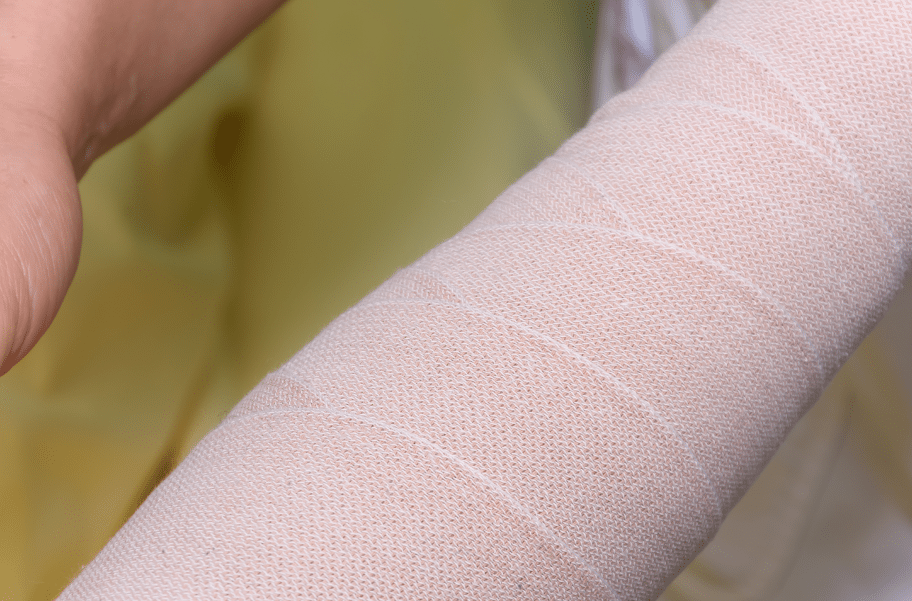
Compression Therapy
Effective Management for Venous and Edematous Wounds
What is Compression Therapy?
Compression therapy involves the application of controlled pressure to improve blood flow, reduce swelling, and support the healing of wounds, particularly those associated with venous insufficiency and lymphedema. By applying external pressure, compression therapy helps veins in the legs return blood to the heart more efficiently, thereby reducing edema and promoting overall vascular health.
How Compression Therapy Works
Compression therapy utilizes various devices and materials, such as bandages, stockings, and wraps, to apply graduated pressure to the affected area. The key steps include:
- Assessment: Evaluating the patient’s condition to determine the appropriate type and level of compression.
- Selection: Choosing the suitable compression device or material based on the patient’s needs and the wound’s characteristics.
- Application: Properly applying the compression device to ensure even pressure distribution and effectiveness.
- Monitoring: Regularly checking and adjusting the compression therapy to ensure continued effectiveness and patient comfort.
Types of Compression Devices
Different types of compression devices are used depending on the specific needs of the patient:
- Compression Bandages: Provide adjustable levels of pressure and are suitable for various wound types.
- Compression Stockings: Offer consistent pressure and are commonly used for long-term management of chronic venous insufficiency.
- Compression Wraps: Allow for easy application and adjustment, ideal for patients with fluctuating edema.
- Pneumatic Compression Devices: Use inflatable sleeves to provide intermittent compression, particularly effective for lymphedema.
Benefits of Compression Therapy
Compression therapy offers numerous benefits for wound healing and overall vascular health:
- Improved Blood Flow: Enhances venous return and reduces venous stasis, promoting better oxygen and nutrient delivery to the wound.
- Reduced Swelling: Decreases edema, which helps alleviate pain and pressure around the wound site.
- Accelerated Healing: Promotes faster wound closure by improving circulation and reducing inflammation.
- Prevention of Recurrence: Helps prevent the recurrence of venous ulcers and other related conditions by maintaining proper venous function.
- Enhanced Comfort: Properly applied compression can provide significant relief from discomfort and improve mobility.
Applications of Compression Therapy
Compression therapy is effective for various conditions, including:
- Venous leg ulcers
- Lymphedema
- Chronic venous insufficiency
- Post-thrombotic syndrome
- Edematous wounds
- Varicose veins
Our Compression Therapy Services
MetaCure provides comprehensive compression therapy services tailored to each patient’s specific needs. Our team of specialists will assess your condition, recommend the appropriate compression method, and provide ongoing care to ensure optimal outcomes. We work closely with your facility to integrate compression therapy into your patient care protocols, offering training and support to your staff.